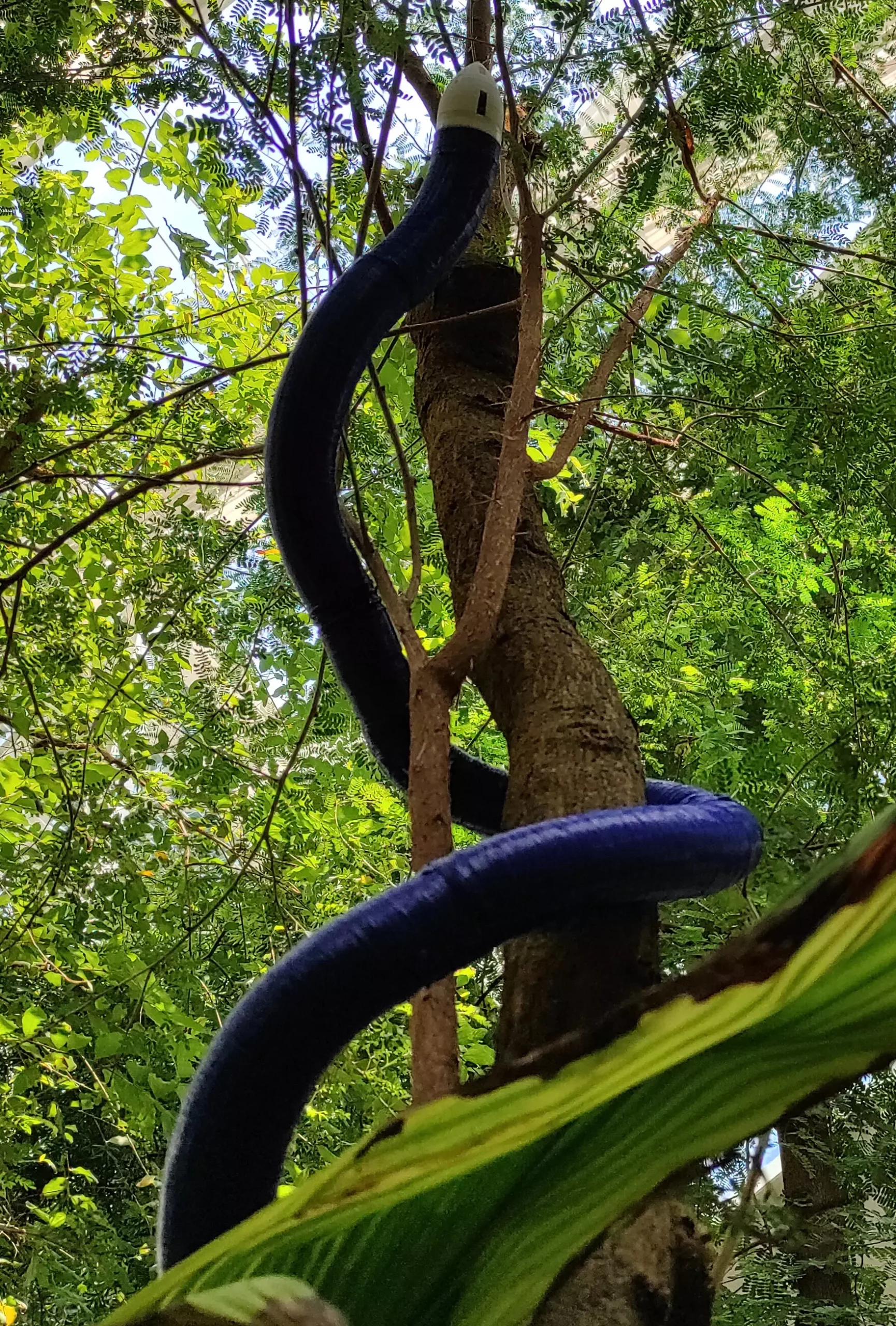In a groundbreaking development, a team of researchers from Fondazione Istituto Italiano di Tecnologia in Italy, collaborating with a colleague from the University of Montpellier in France, have revolutionized the field of robotics by creating a unique type of robot that can 3D print and grow its own body. Their remarkable invention, named FiloBot, combines the power of robotics with the capabilities of 3D printing, paving the way for new and innovative applications in various industries.
Inspired by the rapid advancements in science and technology, the team devised an ingenious method to merge robotics and 3D printing. The result is a one-of-a-kind robot resembling a snake-like structure with a rotating head. As the head spins, it engages in 3D printing, allowing the robot to grow in length. Moreover, the researchers have programmed FiloBot to adapt its growth according to different environmental factors, such as light and gravity. This extraordinary flexibility enables the robot to extend itself in a vine-like manner, opening up endless possibilities for its applications.
FiloBot’s internal mechanism consists of a tube located within its body, which delivers a specially designed 3D printer ink made of plastic to its head. The head, equipped with sophisticated electronics and sensors, responds to external signals and controls the printer’s output. By adjusting its speed of rotation and the amount of ink supplied, the robot can direct its growth in specific directions, further enhancing its ability to navigate and interact with its surroundings.
The potential applications of FiloBot are vast and game-changing. One of its most significant applications lies in monitoring and interacting with unstructured natural environments. Due to its self-growing nature, FiloBot can adapt and navigate through challenging terrains, making it ideal for collecting data in remote or hazardous locations. Furthermore, the robot’s ability to estimate the likelihood of avalanches or landslides could prove invaluable in forecasting and mitigating natural disasters.
Autonomous construction is another promising application for FiloBot. The robot’s ability to grow and customize its body enables it to construct complex structures in hard-to-reach areas. By programming FiloBot to recognize and respond to specific markers or patterns, it could autonomously build structures such as bridges or shelters, revolutionizing the construction industry.
The unique capabilities of FiloBot extend to environmental monitoring as well. With its ability to navigate through challenging landscapes, the robot can collect data on pollution levels that were previously difficult to access. By reaching remote areas and assessing pollution levels, FiloBot could contribute to preserving and protecting the environment.
The advent of FiloBot marks an extraordinary leap forward in the world of robotics. This self-growing 3D printing robot has the potential to redefine various industries, from environmental monitoring to autonomous construction. As technology continues to evolve, the integration of robotics and 3D printing opens up a whole new realm of possibilities. With FiloBot leading the way, the future of robotics looks brighter than ever before.


Leave a Reply